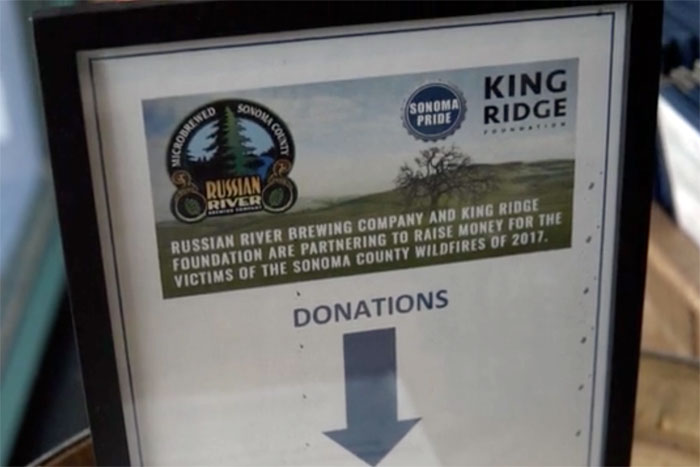- Tahoe’s Nevada Beach Tops the List of Hard-to-Book Campgrounds - 07/17/2024
- Cannabis Watershed Protection Program Cleans Up Illegal Grow Sites - 07/10/2024
- French Fire - 07/05/2024

According to the nonprofit Environmental Working Group, over-exposure to fluoride can be toxic and many American children are at risk from excess fluoride in drinking water and other sources. Image thanks to Banana Stock, Courtesy Thinkstock.
So, what’s the story: Is it good that we have fluoride in our tap water or not? I’ve heard so many conflicting opinions over the years.
— Benjamin P., Mission, KS
The debate over whether we should add fluoride to public drinking water has raged since the 1940s when American cities first initiated the practice as a way to fight the scourge of tooth decay. The benefits of more research and hindsight in recent years have led many policymakers to reconsider the merits of so-called artificial fluoridation. The U.S. Centers for Disease Control (CDC) reports that today over 60 percent of Americans get fluoridated drinking water from their taps whether they want it or not.
Critics of the practice worry that we are exposing ourselves to much more fluoride—which can be problematic in the extreme—than is necessary to fight tooth decay. After all, some fluoride, which is a naturally occurring mineral, finds its way into food and drinking water, typically in low concentrations, without human intervention. And most of us, kids included, use fluoride toothpaste twice a day.
So what’s the risk, anyway? According to the nonprofit Environmental Working Group (EWG), over-exposure to fluoride can be toxic, causing dental fluorosis (mottling and loss of tooth enamel) and skeletal fluorosis (joint pain, stiffness and bone fractures). “Some studies point to a possible link between fluoride exposure and osteosarcoma (bone cancer), neurotoxicity and disruption of thyroid function,” says EWG.
Proponents of fluoridation argue that the benefits of adding it to drinking water far outweigh any potential risks. Various studies have shown that fluoridating drinking water can indeed lead to as much as a 40 percent reduction in cavities in populations of both kids and adults. But studies in other areas that do not artificially fluoridate—such as throughout most of Europe—have shown similar improvements in recent decades, perhaps thanks to increased attention to teeth by family and school health care practitioners.
Regardless, the U.S. Department of Health and Human Services (HHS) recently announced a lowering of the maximum recommended fluoride level for municipal water from 1.2 milligrams per liter to 0.7.
“We’ve had to wait too long, but the government’s announcement marks a belated recognition that many American children are at risk from excess fluoride in drinking water and other sources,” says EWG’s Jane Houlihan. “HHS has taken an important first step. Now it’s up to water utilities to respond and for the [U.S. Environmental Protection Agency] to lower its too-high legal limit on fluoride in drinking water, which is more than five times the new maximum being recommended by the [HHS].”
You can check if your water is fluoridated, and if so, how much, via the CDC’s My Water’s Fluoride website. If it is, you can also invest in a filter that removes it. However, they are not cheap: Countertop water distillers go for $200 and up, and an activated alumina defluoridation filter—most come in cartridge form and can be placed in-line under counters—are costly, too, and need to be changed out frequently. FilterWater.com, among other sources, has a wide range of choices available for sale. Unfortunately, the most popular and less expensive home water filters, like those from Pur and Brita, do not remove fluoride.
CONTACTS: EWG, www.ewg.org; CDC My Water’s Fluoride, http://apps.nccd.cdc.gov/MWF; FilterWater.com’s Fluoride Water Filters, www.filterwater.com/s-4-fluoride-filters.aspx.
EarthTalk® is written and edited by Roddy Scheer and Doug Moss and is a registered trademark of E – The Environmental Magazine (www.emagazine.com). Send questions to: earthtalk@emagazine.com. Subscribe: www.emagazine.com/subscribe. Free Trial Issue: www.emagazine.com/trial.













